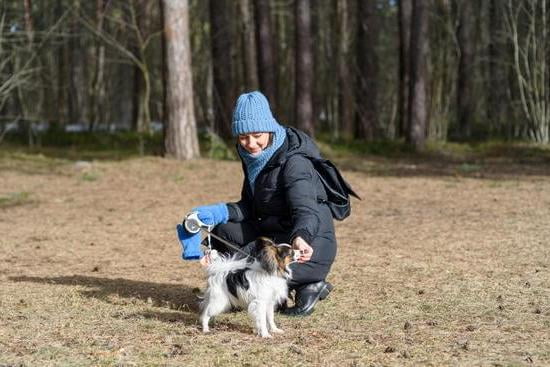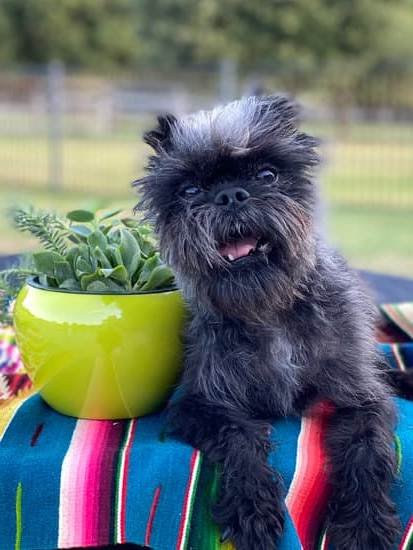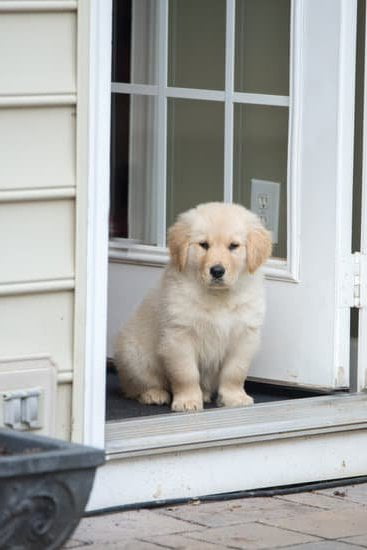Separation anxiety is among the most common issues dog owners face. Dogs who are anxious when their guardians leave them may bark, whine, or become destructive.
There are many things you can do to help your dog overcome separation anxiety, including:
– Training your dog to associate being alone with positive things, such as treats or toys.
– Leaving your dog with a Kong or other toy stuffed with peanut butter or other treats.
– Teaching your dog to enjoy spending time in a crate.
– Exercising your dog before you leave them alone.
– Creating a cue or signal that tells your dog you’re about to leave, which can help them prepare for your departure.
– Avoiding long absences, if possible.
– Consulting with a behaviorist or trainer if your dog’s separation anxiety is severe.
Best Way To Train A Dog With Separation Anxiety
Separation anxiety is one of the most common behavioral issues dog owners face. Dogs with separation anxiety typically experience extreme anxiety when separated from their guardians, and may exhibit a range of destructive behaviors as a result.
There are a number of things you can do to help your dog overcome separation anxiety. One of the best ways to train a dog with separation anxiety is to use positive reinforcement techniques.
One of the most important things to remember when training a dog with separation anxiety is to be patient and consistent. Don’t give up if your dog doesn’t respond to training immediately – be persistent and keep up the good work.
If your dog is struggling with separation anxiety, begin by gradually introducing them to short periods of separation. Start by leaving them alone for just a few minutes at a time, and gradually increase the amount of time you spend away from them.
If your dog starts to experience anxiety or exhibits destructive behaviors when you’re not around, don’t punish them. This will only make the problem worse. Instead, try to comfort your dog and help them calm down.
If your dog is struggling with separation anxiety, it’s important to make sure they get plenty of exercise and stimulation when you’re home. Playing games with your dog, taking them for walks, and giving them plenty of toys to play with can help reduce their anxiety when you’re not around.
If you’re struggling to help your dog overcome separation anxiety, it’s a good idea to consult with a professional dog trainer. A qualified trainer can help you develop a training program specifically tailored to your dog’s needs.
How To Train Dogs With Anxiety
Dogs with anxiety can be some of the most challenging pets to train. Often, their anxiety can manifest in undesirable behaviors, such as barking, whining, chewing, and urinating or defecating in inappropriate places. Fortunately, there are a number of training techniques that can help to curb these behaviors and help your dog to feel more relaxed and at ease.
One of the most important things to remember when training a dog with anxiety is to be patient and consistent. These dogs often require a lot of extra time and patience, and it is important not to get frustrated with them. Be sure to reward your dog for good behaviors, and provide plenty of positive reinforcement.
One of the most common techniques for training dogs with anxiety is to use positive reinforcement. This involves rewarding your dog for good behaviors with treats, praise, or petting. This can help to reinforce the behaviors that you want your dog to exhibit and help to discourage undesirable behaviors.
Another common technique for training dogs with anxiety is to use counterconditioning. This involves gradually exposing your dog to the things that cause him or her anxiety in a controlled setting. This can help your dog to learn that these things are not actually dangerous or scary and can help to reduce the anxiety that he or she experiences around them.
If your dog is exhibiting anxiety-related behaviors, it is important to seek veterinary help. There may be an underlying medical condition causing the anxiety, and treating the condition may help to reduce the symptoms. There are also a number of medications available that can help to reduce anxiety in dogs.
Training a dog with anxiety can be a challenging but rewarding process. With patience and perseverance, you can help your dog to feel more relaxed and at ease.
Crate Train Dog With Separation Anxiety
If your dog has separation anxiety, you may have considered crate training as a way to help them feel more comfortable when left alone. Crating can be an effective way to manage separation anxiety, but it’s important to do it correctly so that your dog can still feel safe and secure.
The key to crate training a dog with separation anxiety is to make the crate feel like a safe place. You can do this by gradually introducing your dog to the crate, making sure to give them plenty of positive reinforcement when they enter it. Once your dog is comfortable with the crate, you can start leaving them in it for short periods of time while you’re home.
If your dog starts to get anxious when left alone, you can comfort them by going to them and speaking softly, or by giving them a Kong toy stuffed with treats. Gradually, increase the amount of time your dog spends in the crate until they can be left alone for extended periods of time. Crate training can be a long process, but it’s worth it to see your dog’s anxiety diminish.

Welcome to the blog! I am a professional dog trainer and have been working with dogs for many years. In this blog, I will be discussing various topics related to dog training, including tips, tricks, and advice. I hope you find this information helpful and informative. Thanks for reading!





